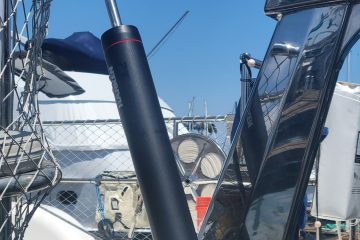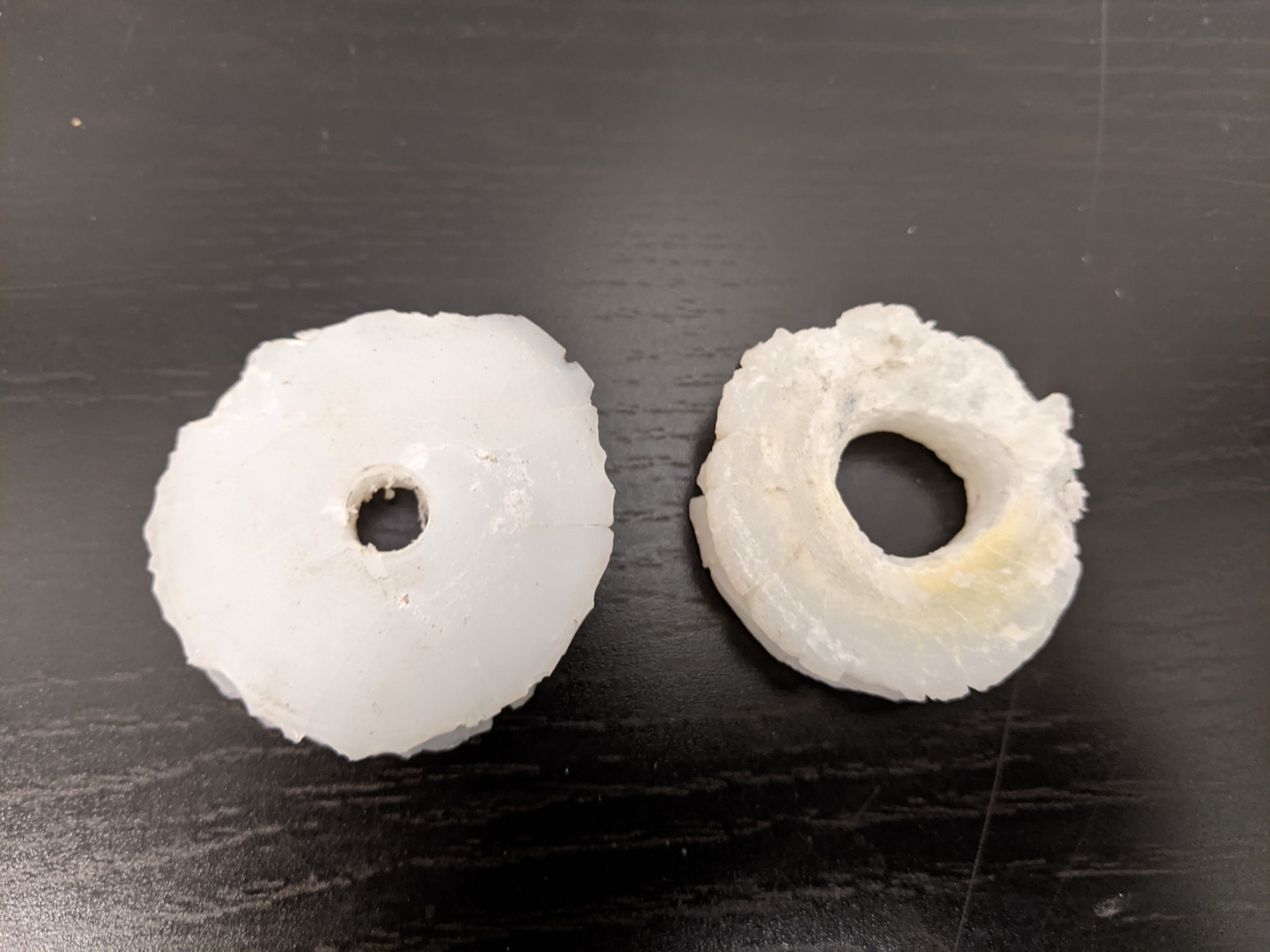Standing rigging is a set of wires, rods, or synthetic cables that hold up the mast and keep it stable. They also help control the shape and tension of the sails. The standing rigging is usually made up of 316 stainless steel wire or nitronic-50 rod that is highly resistant to corrosion and rust, making them ideal for use in saltwater environments.
316 stainless steel is a grade of stainless steel that contains molybdenum, which makes it highly resistant to corrosion and rust. This makes it an ideal material for use in standing rigging, which is constantly exposed to saltwater and other harsh environmental conditions.
Maintaining Standing Rigging
When it comes to maintenance, 316 stainless steel standing rigging is relatively easy to care for. It is important to regularly inspect the rigging for signs of wear or damage and to replace any damaged parts as needed. 316 Stainless wire and Nitrontic-50 rod rigging should be replaced every 10-15 years according to the manufacturer’s recommendations. Depending on the boat’s environment, this time frame could be shorter or longer. Over time the saltwater environment begins degrading the chemical makeup of the metal and the tensile strength of the rigging begins to lose its strength.
San Diego has areas that are more toxic than others. Harbor Island is located next to the San Diego airport and atmospheric debris from aircraft rains down on vessels nearby. This debris causes surface corrosion to appear on stainless fittings quicker than in other environments. Chula Vista Marina and Coronado Cays have similar issues with premature metal degradation.
Synthetic Rigging Materials
Synthetic rigging has become increasingly popular in recent years due to its lightweight properties and high strength-to-weight ratio. This section explores some of the most commonly used synthetic materials in sailboat rigging.
Kevlar is a synthetic fiber that is known for its high strength and resistance to stretching. Kevlar is often used in standing rigging for racing sailboats due to its ability to maintain tension even in high winds. However, Kevlar can be susceptible to UV damage and has a shorter lifespan than stainless steel rigging.
PBO (polybenzoxazole) is another high-strength synthetic fiber that is commonly used in standing rigging. PBO is known for its low stretch and high strength, making it ideal for use in racing and high-performance sailboats. However, PBO is also susceptible to UV damage and has a relatively short lifespan.
Carbon rod is another lightweight and high-strength material that is used in standing rigging. Carbon rod has a high strength-to-weight ratio and is highly resistant to corrosion and fatigue. Carbon rod is commonly used in high-performance racing sailboats.
Dyneema is a synthetic fiber that is known for its high strength and resistance to stretching. Dyneema is often used in both standing and running rigging, and has a longer lifespan than Kevlar and PBO. However, Dyneema is also susceptible to UV damage and requires regular inspections and maintenance.
Aramid also known as aromatic polyamide fibers are known for their high strength and resistance to stretching. The most common type of aramid fiber used in sailboat rigging is Technora, which is a type of aramid fiber developed by Teijin. Technora is highly resistant to UV radiation, abrasion, and fatigue, making it a popular choice for sailboat rigging.
One of the advantages of synthetic rigging is its weight. Synthetic rigging can weigh significantly less than stainless steel rigging, which can improve a boat’s performance by reducing weight aloft. Synthetic rigging can also be easier to handle and work with than stainless steel rigging.
However, there are also some disadvantages to synthetic rigging. Synthetic rigging can be susceptible to UV damage, which can weaken the fibers over time. It can also be difficult to inspect for damage, as any signs of wear or damage may not be immediately visible. Most manufacturers of synthetic rigging will ensure the performance of their product for 3-5 years before it needs to be sent to the manufacturer for inspection or replacement.


